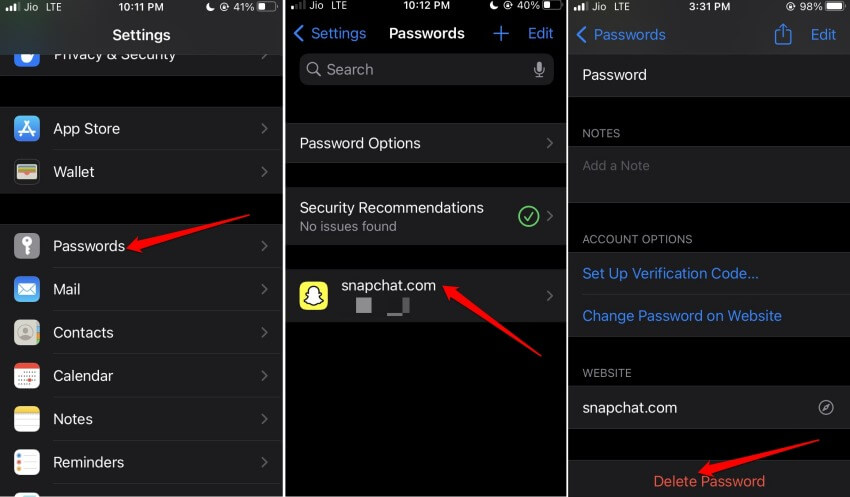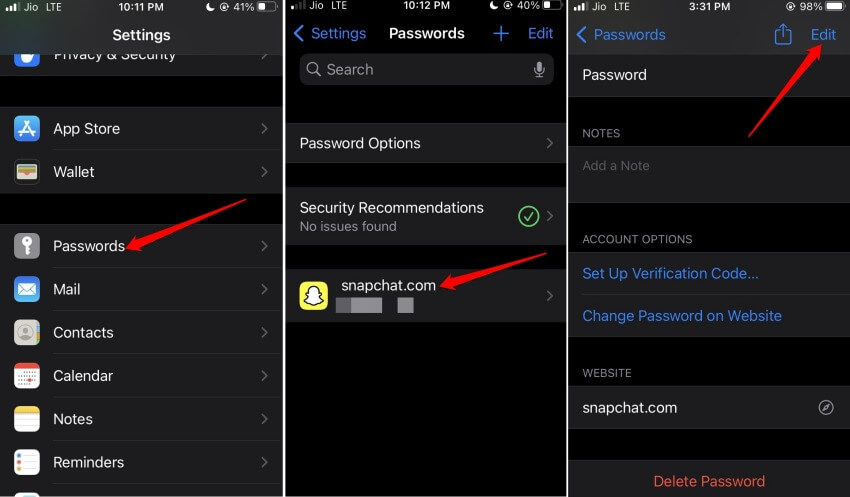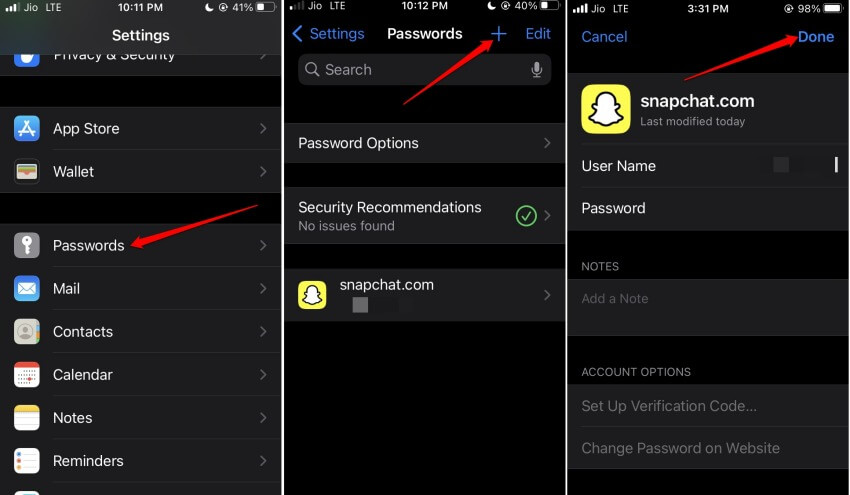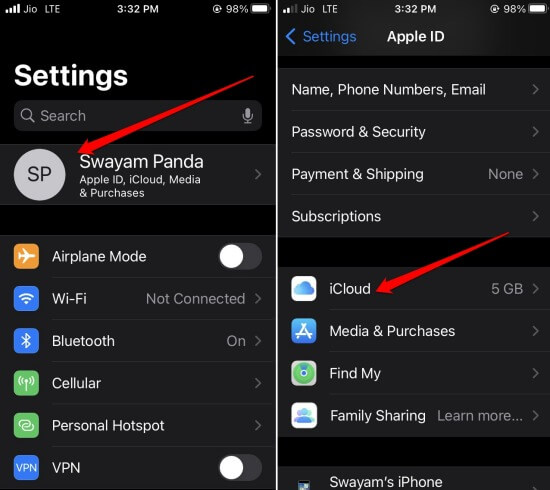Want to know how to find and manage saved passwords on iPhones? Check this guide out to learn all the important aspects and features that an iPhone uses to store your passwords. The mechanism on iOS to store passwords is called Keychain.
When you know how to manage your passwords on your iPhone, you can change them whenever an urgent situation calls for this move. It may be a possible data breach or using the same password on multiple apps. I have also explained how to add or remove passwords from the Keychain.
Find and Manage Saved Passwords on your iPhone
First, let us check out how to view the saved passwords by manually going through the iOS settings. Also, I have covered another fast method to access your passwords in the keychain.
1. View Saved Passwords Using Siri
As simple as it gets, all you have to do is call out Hey Siri. The smart assistant of the Apple ecosystem will show up. Then give another voice command “Show All My Passwords“.
Alternatively, you can enquire about the password for a specific app. The command will be “Show AirBnB password“. Before Siri grants you access to your passwords in the keychain, you have to authenticate your access.
For that, you have to use FaceID or Touch ID depending upon whatever model of iPhone you are using.
2. Manually Access Saved Passwords on iPhone
This method to access your passwords is as easy as invoking Siri except you have to perform a few taps through the iOS settings.
- Go to Settings > Passwords.
- Authenticate using Touch ID or Face ID to approve your access request.
- Under Passwords, you should be able to view the passwords for the respective websites or apps. You can even search for them.
- Further, you can tap on Password Options > tap on the switch beside Autofill Passwords to enable it.
From any browser, when you access any website, the saved password from the keychain will be auto-filled. This will help you to access your account on the website pretty fast. If you believe having the autofill password option may make your saved passwords or accounts prone to hacking, you may disable it.
3. How to Delete Passwords from Keychain on iPhone
Here are the steps to remove the passwords from the keychain for those websites which you may not be using anymore.
- Go to Settings > Passwords.
- Authenticate your access using Touch ID or Face ID.
- You will see a list of websites or apps whose passwords are saved.
- Tap on the website for which you wish to remove the saved passwords.
- Then tap on the Delete option at the bottom of the page.
You can repeat the above steps for other websites whose passwords are saved under the keychain.
4. Edit Usernames and Passwords from Keychain on iPhone
If you want to change the existing username or password for a website, here are the steps for that.
- Go to Settings> Passwords.
- Authenticate your access using Touch ID or Face ID.
- The list of websites or apps whose passwords are saved will show up. Tap on Edit at the top-right corner.
- Now, tap on the respective username for the website you want to change.
- Enter the new username or password and tap Done to confirm the action.
5. How to Add a New Password to iCloud Keychain on iPhone?
Want to add a new password for a website that you just created to the keychain? Here is how you should add it.
- Open the iOS Settings > Passwords.
- Authenticate using Touch ID or Face ID to gain access.
- Once the Passwords section appears, tap on the + icon.
- Enter the website name, username, and password.
- Once you have put up all the necessary data, tap on Done.
Remember that for the keychain to save your passwords automatically; you must enable the syncing of passwords.
When you create an account and a related password on any Apple device through iCloud, it will be synced on all the devices. This will make your access to that website faster and simpler.
- Go to Settings app > tap on Apple ID profile name.
- Scroll to iCloud > tap on Passwords and Keychain.
- Tap the switch beside Sync this iPhone.
Wrapping Up
That’s all about how to find and manage saved passwords on your iPhone. You now know how to create, remove or update passwords in iOS. If you use an iPad, the same steps will also be applicable on iPadOS.









